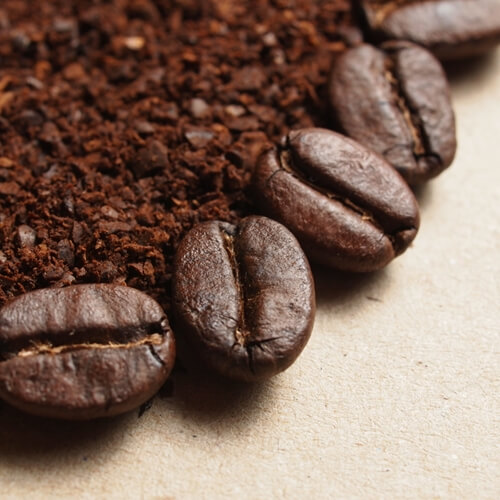Become Your Own Barista With These Homebrewed Coffee Tips
If Americans ever voted for a national beverage, coffee would be high up on the ballot. According to a 2013 report by the National Coffee Association, 83 percent of American adults enjoy a cup – or two – of Joe each day. Coffee may be a crucial component of some people’s mornings, but the cost does add up eventually. Accounting Principals found that the average American spends $1,092 on coffee each year.
So, how does one save money without forgoing the sweet, sweet java? Brew it at home. Coffee shops may offer speed and convenience, but it doesn’t take much before you can call yourself a bona fide barista.
The basics of coffee beans
All great cups of coffee begin with beans. However, knowing which to actually pick can be an art form in and of itself, The Espresso Guy explained. There are three main varieties that most coffee drinkers should become familiar with:
- Robustas: These generally derided for having a weaker flavor panel than other beans.
- Milds: These are beans from plants grown in high altitudes. A popular choice for espresso.
- Brazils: Similar to the milds, except grown in low altitudes. They’re comparable in taste to milds and are cheaper to boot.
It’s worth noting that bean taste and quality can vary from season to season, as most coffee berries grow eight times per year.
The roasting process
As the National Coffee Association pointed out, it can take years to become a master coffee roaster. However, that shouldn’t deter rookies from picking up a pot. In the most basic sense, roasting is what unlocks a bean’s true flavor and aroma, as heat is applied to the otherwise spongy green bean in order to prepare it for the grounding process. There are four basic approaches to roasting:
- Light roasts: Lighter in color, these create a milder coffee taste. This includes cinnamon coffee, which has a slightly sour taste.
- Medium roasts: These are preferred by the majority of coffee drinkers in the U.S. This includes breakfast coffee, which has a more mellow flavoring.
- Medium to dark roasts: This results in rich, robust coffee. However, most of these roasts have a bittersweet aftertaste.
- Dark roasts: These contain the least amount of acid, which offers a pronounced bitterness. This includes the French and Vienna roasts.
Roasting is generally a sensitive process. If beans aren’t cooled in time, they can drastically change flavors and coloring in just a few seconds.
Grinding the beans
Grinding seems pretty obvious, as the beans are pulverized into the powder that then becomes coffee. However, America’s Test Kitchen explained that there are certain techniques to use to get the best ground beans possible. The proper apparatus to use is a burr mill, which grinds the beans down by having them smash into two abrasive surfaces. However, most houses will use the more inexpensive blade grinders. Your best bet is to grind in short bursts, which will create a more evenly ground, and thus tastier, cup of coffee. Just be sure not to over-grind the coffee, as this makes the coffee extra bitter. As a rule, a coarse grind is great for the French press, and a finer grind is better for espresso.
Learn even more about the art of coffee making by taking an online culinary course.


